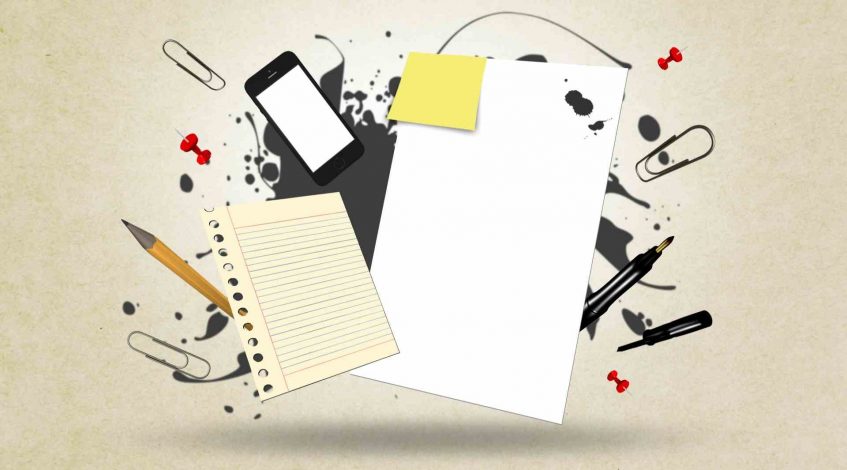We present to your attention the artists who inspire many.
An international jury has identified the artists that the world will soon talk about. A new and interesting era begins in painting. Anticipating the events, we tell about the ten brightest artists from among a hundred rising stars.
English curator and gallery owner Kurt Beers in October 2014, in collaboration with the publishing house Thames & Hudson released a voluminous book “100 Artists of Tomorrow”, which tells about the most promising artists of the beginning of the XXI century. They were selected by a jury of eminent figures from the art world: Cecil Brown, Yuko Hasegawa and Susan Hudson. Out of 4300 artists from around the world, 53 men and 47 women were selected.
Anyone who can draw without age or geographical restrictions could apply for the competition. At the initiative of the organizers several dozens of the world’s leading art universities recommended their graduates.
As Kurt Beers notes, today painting is experiencing a significant rise. Many leading artists return to this traditional way of expression after many years, when the central role in the world of visual art was given to digital technology. The publication of “100 Artists of the Future” not only prophesies interesting times for painting, it also helps to orientate yourself in the modern trends, directions and main trends. Under the solid cover in the reproductions of excellent quality paintings are realistic, abstract and conceptual, as well as installations and works made in mixed techniques.
Here are some of the modern artists:
Eva Yushkevich
Ewa Juszkiewicz (1984) became famous in Poland in 2013, when she won the prestigious competition of the 41st Biennale of Painting “Bielska Autumn”. Her most famous works are surreal portraits of women with fantastic deformed heads transformed into huge trutoviki, giant insect bodies, bouquets of plants, ritual masks, sometimes draped with cloth. Painting by Eva Yushkevich refers to the famous works of the Early New Age, in particular, the works of Flemish masters. The artist pays much attention to technique. She is interested in the analysis of ways to create women’s portraits in the paintings of different centuries. In her work she investigates the violation of aesthetic norms and canons in the fine arts. Mixing the traditional technique of writing with elements, at first glance, completely alien to her, Yushkevich raises questions about the boundary between beauty and ugliness.
Kinga Novak
Kinga Novak (1977) belongs to the generation of Krakow artists and traditionalists. She is associated with the artistic scene in Paris and London – she studied at the National School of Fine Arts (ENSBA) in Paris and taught at the University of the Arts in London. Plots of her early paintings, made in a realistic manner, concerned the memory and childhood memories of the artist. “(…) I looked back and tried to understand myself by exploring what formed me,” said King Novak in an interview with Culture.pl. In recent works, she has been closely examining how the world is depicted. “We can say that my paintings have come from associations, premonitions and intuition; as in dreams, reality is created artificially in them, I want it to be symbolic, authentic and at the same time irreal.
Carla Busuttil
British artist Carla Busuttil was born in Johannesburg, South Africa (1982). In her painting, she creates a caricature portrait of society, often portraying famous people. In Great British Smile, Wake up Rod, and Alles Ist Schwindel, she painted Margaret Thatcher as she remained in collective memory – with her characteristic hair, broad shoulders, and pearl thread. The paintings by Busuttil, representative of British Art Now, are in the collection of Charles Saatchi.
Andre Hemer
New Zealander Andre Hemer (1981) is interested in the intersection points of painting and digital technology. His abstract paintings record the moment of contact between a digital picture and a traditional object of painting. He is the author of projects implemented in urban space in Korea, New Zealand and Australia, where he lives and works.
Andrew Sendor
In the middle of the XIX century, the emergence of a new invention was the occasion for discussion: what can painting do, what can’t photography? After almost two centuries, Andrew Sendor (1977), a graduate of the prestigious Pratt Institute in New York and the Department of Astronomy at Columbia University, decided to join the discussion. In his hyper-realistic oil paintings, he balances between painting and photography by resorting to digital format, digitizing the image, using the mosaic effect and thus enriching both visual arts. Imaginary installations in fictional exhibitions include monochrome, usually black and white paintings and sometimes jpg files.

